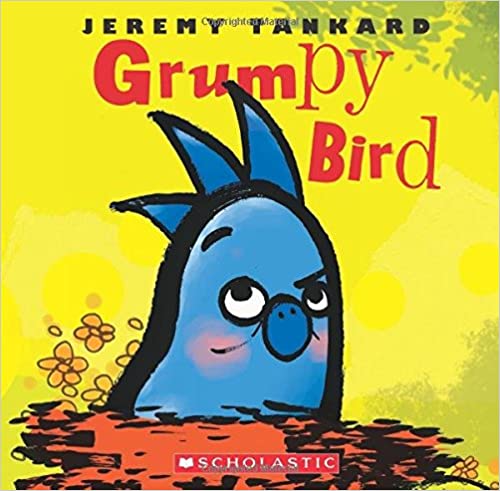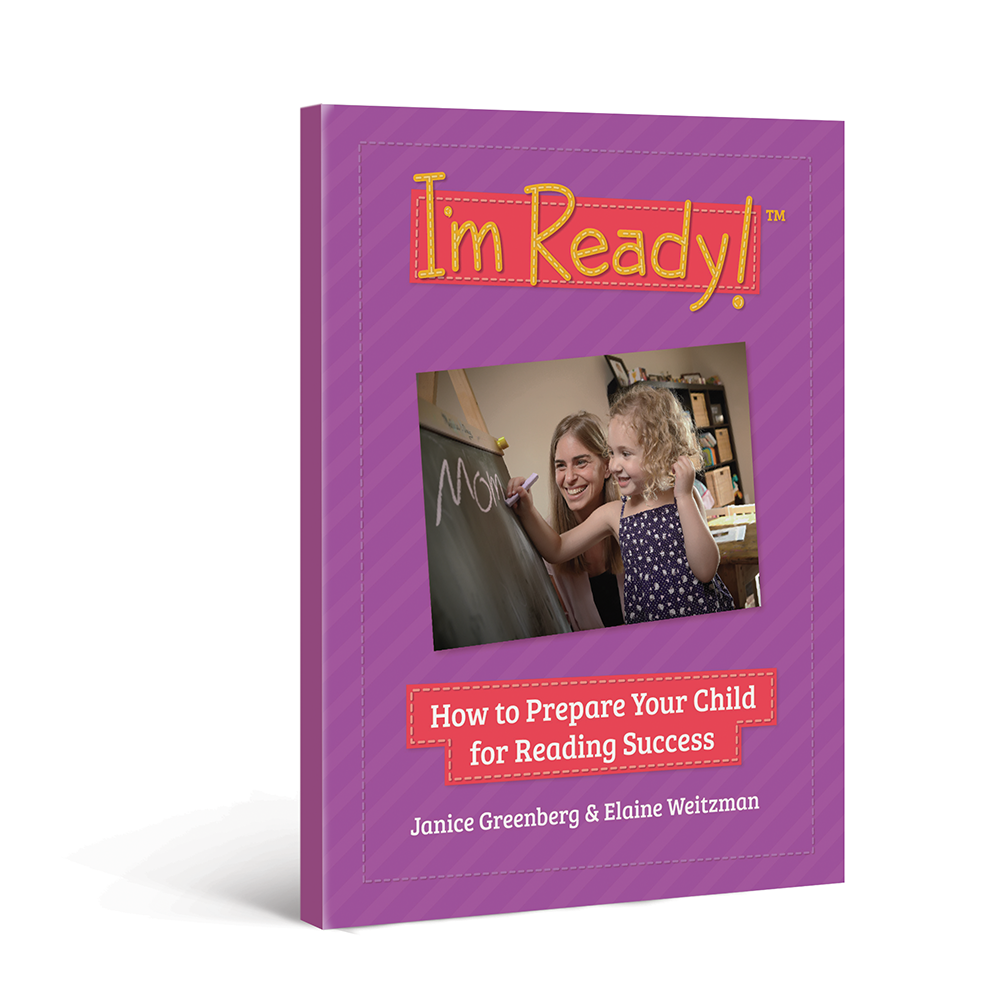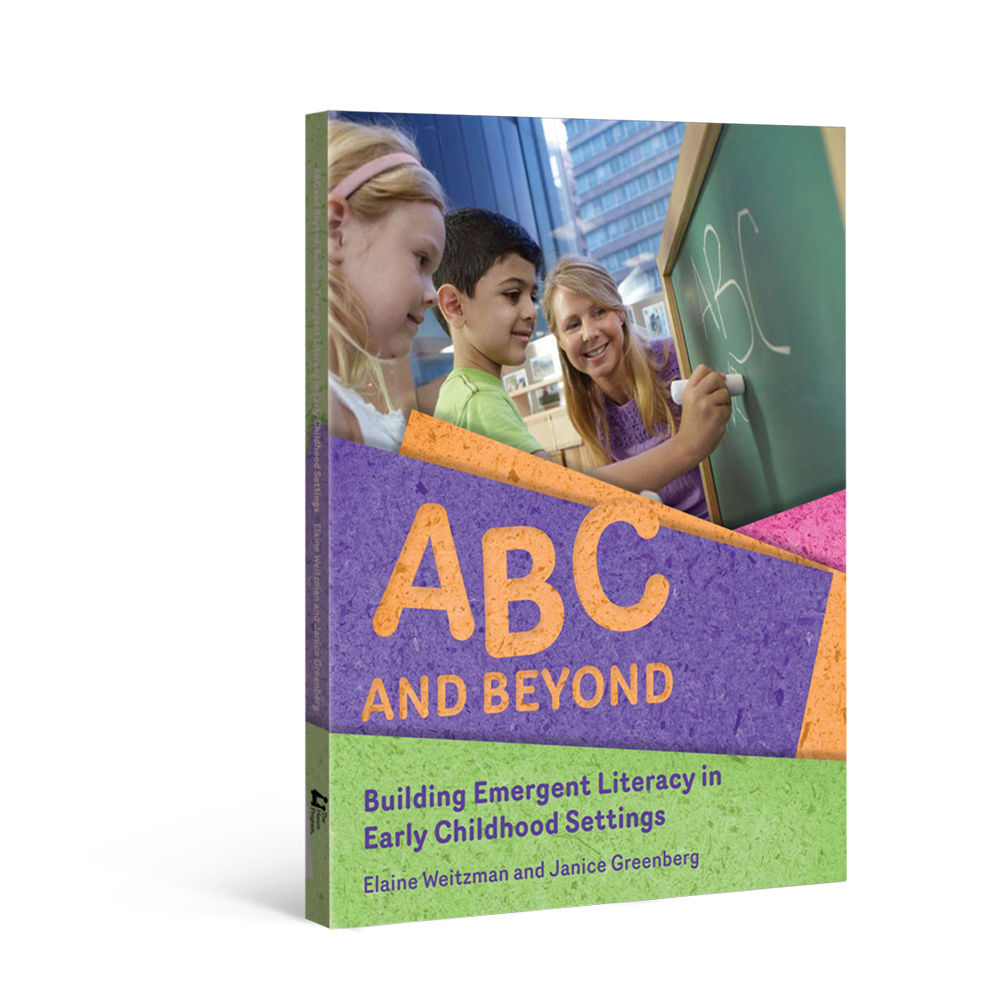This month's Book Nook topic is...
Problem Solving with Grumpy Bird

When sharing a book with your preschooler, one of the most important things to do is encourage his story understanding. The better your child understands the stories he hears, the easier it will be for him to read and write stories on his own later.
Fully understanding a book isn’t always easy for children. It requires them to think beyond what the individual words on the page mean, and fill in the larger meaning that hasn’t been specifically stated. In other words, they need to know how to “read between the lines” to really understand what’s happening and why.
Most stories revolve around a problem that the characters in the book need to solve. One way to deepen your child’s understanding of a story is to talk about the problems that come up, and to get your child thinking about how the characters might solve the problems. Encouraging your child to think about how the characters might solve the problem not only deepens her understanding of the story, but it also builds her own problem-solving skills and prepares her for reading and writing on her own later.
Let’s get started!
The Book:
Grumpy Bird by Jeremy Tankard
Why we picked it
his book has a very clear problem: Bird, the main character, wakes up in a terrible mood, and nothing seems to be making him feel better. This is a problem that many preschoolers (and adults!) can probably relate to, which means that your child may be able to come up with some creative solutions as to how he might try to make Bird feel better.
First Reading
Children will have more to say about a book once they are familiar with it. That’s because after they hear it a few times, they understand more of what is happening, and are able to think about the story in different ways. On a second or third reading of a book, it’s much easier to follow the plot and see details you didn’t notice before.
So the first time you read Grumpy Bird, focus on helping your child grasp the basics of the story – the characters, setting, problem, actions and resolution (at Hanen, we refer to these basic elements as “CSPAR”, and you can read more about how to encourage your child’s understanding of each one of them in this Book Nook post). Keep the story moving and have short conversations that help your child remember the characters and their actions, and also identify the problem in the story.
For example, you could make a comment like “Wow, Bird has a big problem – he looks and sounds really grumpy when he talks to the other animals.” You could also ask a question, like “Why is he walking when he could be flying?” These kinds of comments and questions will reinforce your child’s basic understanding of the plot.
Re-Reading
As soon as you’re confident that your child has a basic understanding of the story, you can start to have longer conversations and talk more deeply about it. You can always do this before you begin the book or after you’ve finished it, or on any page that grabs your child’s interest and attention.
You can encourage your child to think about the problem and use his reasoning skills in two ways:
- By making “thinking-out-loud” comments
- By asking questions that build understanding
Make thinking-out-loud comments
“Thinking-out-loud” comments show your child how you are thinking about the story and trying to figure out things that aren’t actually stated in the book.
“Thinking-out-loud” comments start with words like:
- “I’m thinking that…”
- “I’m wondering about…”
- “I’m trying to figure out…”
Unlike questions, comments don’t require a response. But if you make a comment based on a part of the book your child is interested in, and then pause to give him time to think, chances are he’ll want to say something about it!
Here are some examples of “thinking-out-loud” comments you could use to get your child thinking about the problems in this book and how they might be solved:
- “I’m thinking Bird might feel better if he had a snack.”
- “I’m wondering why the other animals join Bird on his walk.”
- “I’m trying to figure out if there’s anything that could make Bird feel better.”
The way your child responds to these comments will give you an idea of how much he understands. You can elaborate on these comments and use the pictures and text to support your child’s understanding. For example, if you say, “I’m wondering why the other animals join Bird on his walk” and your child doesn’t respond, you could provide further information by pointing to the picture of the other animals and saying, “Maybe they see that Bird is grumpy, and they think that keeping him company will make him feel better.”
By making these types of comments, you are modelling a way for your child to express his thoughts and ideas. You are also demonstrating different ways your child can think about what’s happening in the book, and how he can look for meaning beyond the written words of a story.
Ask questions that build understanding
Once your child is familiar with Grumpy Bird, you can ask questions that go beyond what is written on the page and shown in the illustrations. For example:
- “Why do you think Bird is grumpy?”
- “How come the other animals are spending time with Bird, even though he is in a bad mood?”
- “What would you do to make Bird feel better?”
- “Do you think the other animals like having a worm for a snack?”
If your child has difficulty answering questions like these, you could provide an answer yourself and continue with the book.
These kinds of questions deepen your child’s understanding of the story by encouraging him to draw on his own knowledge and reasoning skills.
The more times you read the story, the more you’ll be able to make “thinking-out-loud” comments and ask questions that build your child’s understanding. As you engage your child in conversations that encourage him to think more deeply about a book, you are helping to develop the comprehension skills he’ll need to read successfully on his own.
Happy reading!
More Resources
The strategies in this Book Nook post are drawn from Hanen’s practical, research-based guidebooks for building emergent literacy. Explore the links below to learn more about how these guidebooks can support you.
For Parents I'm Ready! guidebook
I'm Ready! guidebook
For Educators ABC and Beyond guidebook
ABC and Beyond guidebook
